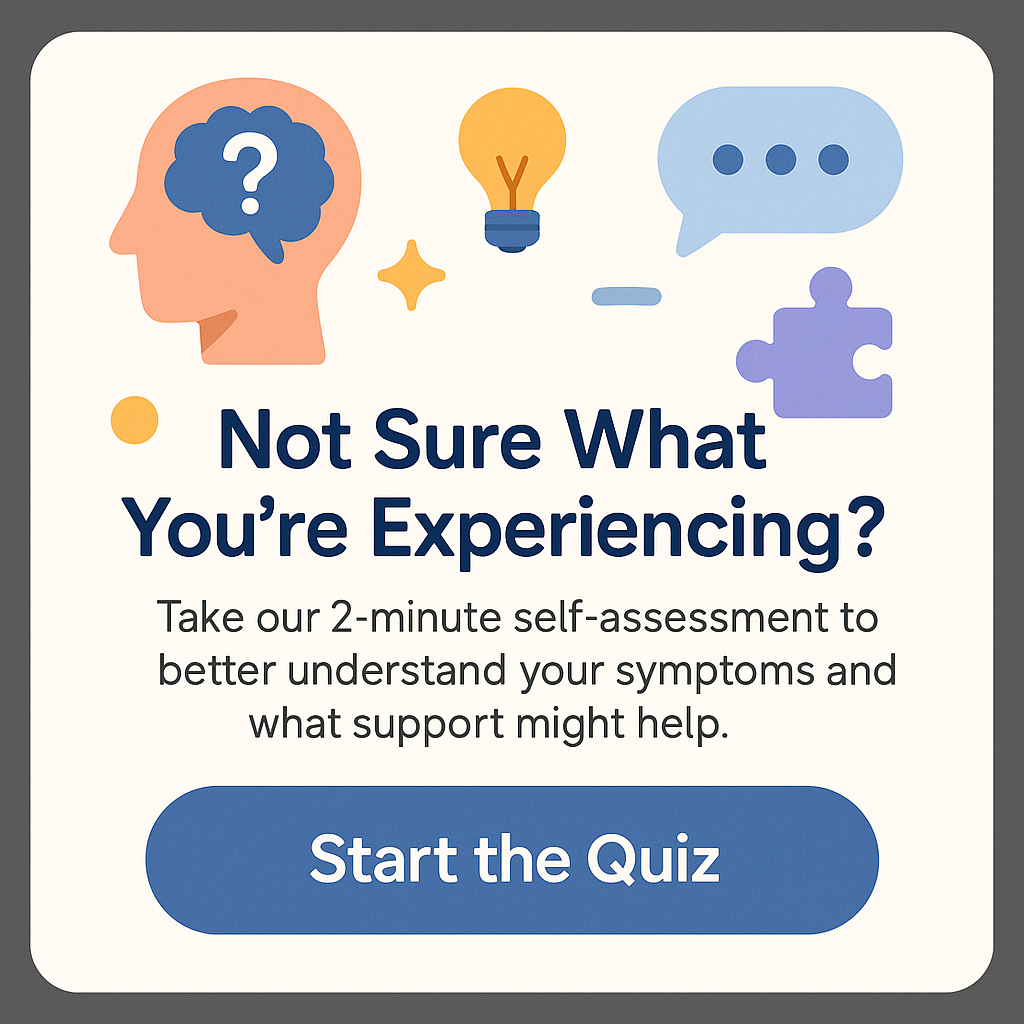What is the best therapy for autism?
Autism Spectrum Disorder (ASD) affects millions of families worldwide, creating a need for effective interventions that cater to the unique challenges faced by individuals on the autism spectrum. As the quest for the best therapy for autism continues, the landscape is filled with a variety of approaches—ranging from behavioral therapies, speech therapy, to more modern techniques like art and music therapy. But what is the best therapy for autism? This question opens a dialogue about understanding autism on a deeper level and finding tailored solutions that can significantly enhance the quality of life for individuals and their families.
In this comprehensive article, we will explore the various therapies available, their credibility, and share insights into what might be considered the best therapy for autism. Whether you are a concerned parent, educator, or caregiver, understanding these therapeutic options will empower you with knowledge to make informed decisions that put those on the spectrum first.
Understanding Autism and Its Challenges
Before diving into what constitutes the best therapy for autism, it’s crucial to grasp the complexities surrounding Autism Spectrum Disorder. ASD is diagnosed based on a range of symptoms that affect communication, behavior, and social skills. From the mildest forms of social awkwardness to severe challenges in verbal communication, the spectrum is undoubtedly vast.
Individuals with autism often struggle with understanding social cues, expressing their feelings, and establishing connections with peers. These developmental hurdles can lead to feelings of isolation and, in some cases, exacerbate anxiety and depression. Clinicians and researchers agree that early diagnosis and intervention tend to yield the best outcomes, urging families to consider various therapies as options to help their loved ones develop essential skills.
However, a one-size-fits-all approach is rarely effective. The best therapy for autism often varies based on an individual’s needs, strengths, and preferences. This can include behavioral interventions like Applied Behavior Analysis (ABA), speech therapy for language development, and occupational therapy to improve daily living skills. Let’s delve into some of these popular therapies.’
Behavioral Therapy: The Backbone of Autism Intervention
When parents ask, “What is the best therapy for autism?” they often hear about behavioral therapy, specifically Applied Behavior Analysis (ABA). ABA has been extensively researched and is often considered the go-to foundational therapy for autism treatment.
ABA focuses on understanding and altering specific behaviors through reinforcement and teaching new skills. The goal here is to encourage positive behaviors while minimizing disruptive ones through systematic interventions. For instance, a behavior therapist might reinforce a child each time they express a desire verbally rather than resorting to frustration or acting out.
One significant advantage of ABA is its data-driven nature. Therapists track progress meticulously, which allows for adjustments in methods and strategies tailored to each child’s evolving needs. This rigorous tracking means that strategies can be fine-tuned, ensuring that ABA is as effective as possible. Many families find that ABA increases their child’s communication skills, boosts confidence, and fosters better interactions with their peers.
However, it’s essential to note that ABA also has its critics. Some believe it can be too rigid or that it focuses more on compliance than self-expression. It’s crucial for parents to consider whether the methods align with their child’s needs and to explore complementary therapies that foster creativity and emotional expression.
Speech Therapy: Building Communication Skills
Another frequently recommended approach that resonates when discussing the best therapy for autism is speech therapy. Communication challenges are one of the defining characteristics of autism, and speech therapists are trained to help individuals express themselves more clearly and effectively.
Speech therapy can take many forms. Some individuals may benefit from traditional verbal communication methods, while others might find alternative modes like sign language or augmentative and alternative communication (AAC) systems more effective. A speech-language pathologist (SLP) collaborates with individuals to develop personalized goals based on their specific communication needs.
Through fun and engaging activities, SLPs help individuals improve their ability to articulate words, understand language, and even enhance social communication, like taking turns in conversations or understanding the nuances of tone. These skills are vital not only for interactions with family and friends but also for educational and social environments.
Parents who engage their children in speech therapy often report seeing tangible improvements within a few months. The progress can range from clearer speech and improved vocabulary to enhanced conversational skills. Furthermore, building stronger communication skills significantly reduces frustration and enhances the quality of life for both individuals with autism and their loved ones.
Complementary Therapies: Music and Art Therapy
While the above therapies are grounded in behavioral and communication principles, complementary approaches such as music therapy and art therapy offer creative avenues for self-expression and social interaction, addressing the question of the best therapy for autism from a different perspective.
Music therapy leverages the power of rhythm, melody, and song to engage individuals with autism in a unique way. Music therapists use familiar tunes to assist individuals in improving motor skills, social skills, and emotional expression. Unlike more traditional therapies, music therapy allows for a non-verbal medium through which individuals may feel more comfortable. Group sessions can promote social interaction, teamwork, and shared experiences, fostering a supportive environment where individuals can thrive.
Similarly, art therapy serves as a heartfelt outlet for expression. It creates a safe space for individuals to explore emotions, convey thoughts, and manifest creativity without the pressure of speech. Through painting, sculpting, and other artistic activities, participants may process feelings in a way that often words cannot capture. For many, art becomes a voice, illuminating their inner lives to those around them.
Although they might not fall under conventional therapy categories, music and art therapies have gained credibility in many circles, making them good complementary options for the best therapy for autism. While scientific studies may still be underway, the anecdotal evidence from families and practitioners denotes significant improvements in emotional regulation, socialization, and overall happiness among participants.
How to Choose the Best Therapy for Autism
While it’s tempting to search for a clear-cut answer to “What is the best therapy for autism?” it’s essential to realize that the journey is highly personal. The best therapy is one that resonates with the child’s unique needs and personalities. Here are some steps to guide you:
- Assess Individual Needs: Understand the specific challenges and strengths your child possesses. Is communication a significant barrier? Are social skills an area of concern? This foundational understanding will help direct your search for therapeutic options.
- Consult Healthcare Professionals: Reach out to clinicians, therapists, and specialists who can provide personalized recommendations based on their experiences with autism therapy.
- Research Evidence-Based Practices: Make sure to delve into the scientific backing of any potential therapies. Look for research studies that support the efficacy of the treatment, and determine if it aligns with your values as a family.
- Involve Your Child: Whenever possible, involve your child in the decision-making process. Allowing them to express their preferences can create a sense of agency and make therapeutic interventions more fruitful.
- Observe and Adjust: After beginning therapy, closely observe your child’s responses. Progress is not always linear; what works initially may require adjustments over time.
Finding Community and Support
Exploring the best therapy for autism also opens the door to valuable connections with others navigating similar challenges. Support groups and online communities can offer emotional support, share resources, and provide innovative ideas for therapies and interventions.
These communities are filled with individuals who have firsthand experiences with various therapeutic approaches and can be excellent sources of information, comfort, and inspiration. Connecting with others can help ease the stress and uncertainty that often accompany an autism diagnosis, and finding camaraderie can be both empowering and enlightening.
Moreover, engaging with local autism organizations or advocacy groups can lead to discovering workshops, webinars, and informational sessions focusing on therapeutic practices available in your area.
Conclusion
In summary, while it is challenging to pinpoint a definitive answer to the question, “What is the best therapy for autism?”, it is clear that a combination of therapies tailored to individual needs often yields the best outcomes. From behavioral analysis to innovative expressive therapies, the spectrum is broad and diverse, much like the individuals themselves.
Ultimately, the best therapy for autism cannot be defined by a single name or method but must be a unique blend that resonates with each individual. The path might be dotted with trials and adjustments, but with persistence, understanding, support, and the right therapeutic interventions, individuals on the autism spectrum have the potential to lead fulfilling and enriched lives.
Frequently Asked Questions
1. What is Applied Behavior Analysis (ABA)?
ABA is a therapy based on the principles of behaviorism and is widely regarded as one of the most effective interventions for autism. It uses reinforcement strategies to encourage positive behaviors and improve skills.
2. Are there age-specific therapies for autism?
Yes, many therapies are designed specifically for different age groups. Early intervention is often emphasized for children, while services for teens and adults may focus on life skills and job training.
3. How can I find a good therapist for my child?
Seek recommendations from pediatricians, schools, or local autism organizations. Ensure the therapist has experience working with autism and aligns with your family’s values.
4. Can autism be cured?
There is currently no “cure” for autism. However, many interventions can help individuals develop vital skills and improve their quality of life.
5. How do I support my child outside of therapy?
Engage in consistent communication, create structured routines, foster social interactions, and nurture your child’s interests. Community resources can also provide additional support.
Can People with Autism Live Alone? Exploring Independence and Support







